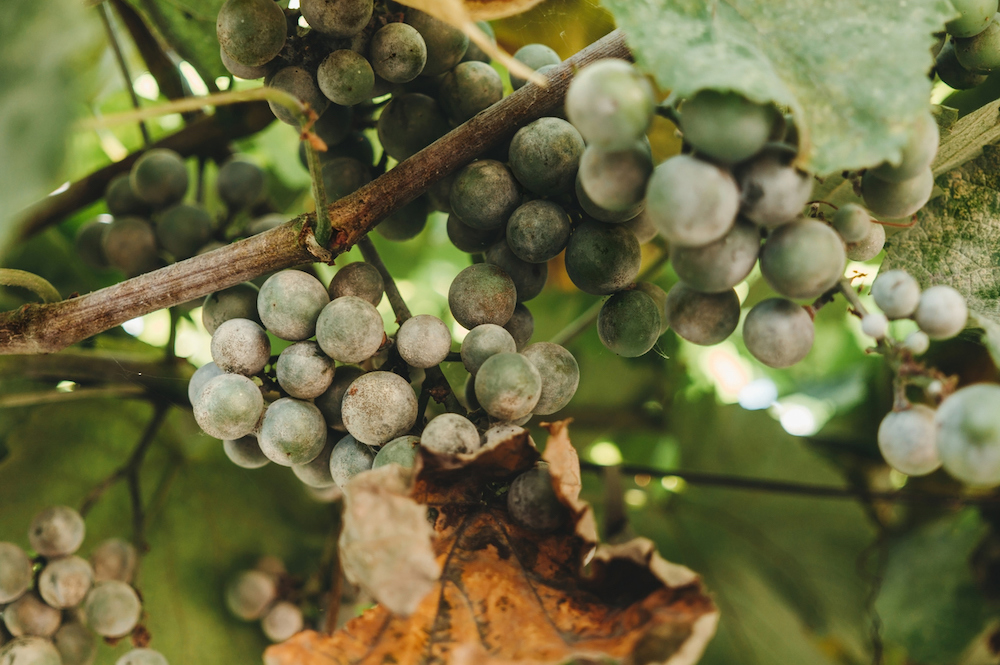2024 has already presented challenges for English vineyards, with Essex, the UK's fifth largest wine-growing region, experiencing a milder winter causing buds to appear earlier than usual.
This was followed by a sudden frost in April, resulting in significant crop damage. Paul Edwards, owner of Saffron Grange Vineyard, has reported to the BBC “significant losses” in some Chardonnay vines despite the team’s best efforts.
This erratic weather highlights the challenges of growing grapes in a cold climate. While the rest of spring appears frost-free, vineyards continue to adapt their methods to deal with these changing conditions.
The buds burst two weeks earlier last year, leaving them vulnerable to frost damage, but they will continue to adapt their methods to deal with changing weather and conditions, Edwards said.
He said: “Wet weather conditions delayed us from starting winter pruning. No one ever said that growing grapes in a cold climate would be easy.
Effects
Rising temperatures and changing weather patterns have both positive and negative impacts on viticulture in England. Warmer growing seasons have allowed the ripening of previously difficult grape varieties, such as Pinot Noir and Chardonnay, which are essential for the production of sparkling wine.
Researchers from the University of East Anglia have suggested that over the next two decades, average temperatures in southern England during the growing season could rise by up to 1.4%, creating the ideal conditions for the production of high-quality red wine. This change could see regions such as Kent, Sussex and Hampshire expand their repertoire beyond sparkling wines to include stronger red wines.
However, weather fluctuations present challenges. For example, wet and humid conditions during the summer of 2023 increased disease pressure, requiring vigilant management of grape vines to prevent problems such as mildew. Despite these challenges, many winemakers note that strategic vineyard practices and investments in technology have helped mitigate adverse effects, ensuring high yields and quality.
Frost challenges
But last year was also described as exceptional by many English winemakers. Producers reported record yields, with some vineyards harvesting significantly more grapes than in previous years. For example, Nyetimber, one of England's largest sparkling wine producers, had one of its largest ever harvests compared to the previous year.
Likewise, Ridgeview Wine Estate in Sussex saw its largest crop to date, with particularly impressive results from its Pinot varieties. She attributed the success to the sunshine in September, which played a crucial role in ripening the grapes after a wet July.
Producers are also focusing on sustainable viticultural practices to help weather the weather. For example, careful canopy management and monitoring of weather conditions mitigate disease risks, especially in wet seasons.
tourism
There are also concerns that wine tourism, which has become a vital component of the English wine industry, could be affected by the weather.
Tourism-related activities, such as wine tasting tours and weddings, account for nearly a third of the total vineyard income in the Eastern Province.


